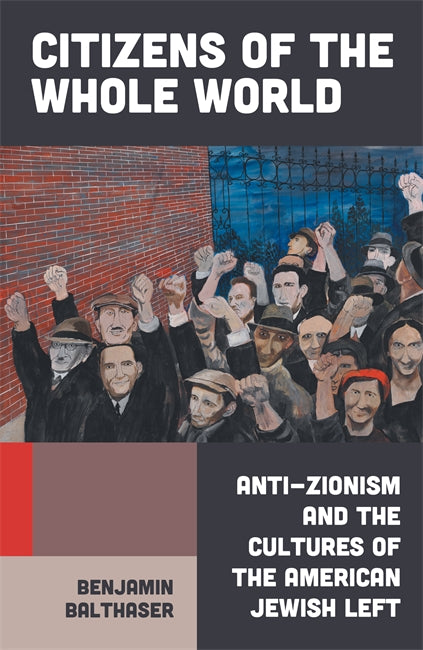One of the great misconceptions about the sizable Jewish left of the early to mid-twentieth century (an error repeated by Brodkin among others) is that American Jewish socialism was an import from Eastern Europe. Brodkin’s quite reasonable claim, and indeed what I think is common sense among American Jews and historians of the Left, is that Jewish socialism was born out of the crucible of tsarist antisemitism and a late-arriving Haskalah, fueled by an overeducated if underemployed working class. While this may be true for the arrival of the Bund in the early twentieth century, for the emergence of the late-nineteenth-century American Jewish left, according to historian Tony Michels, there was little Jewish socialism to import. As Michels argues, the Jewish labor and socialist movement precedes the Eastern European labor and socialist movements by two decades; “the Jew had not always been a radical; the Jew had become a radical in New York and in other American cities.” In part, Michels suggests, this has to do with Jewish contact with radical German American workers, who brought with them texts from the Oyfklerung of German socialism, including Karl Marx, Friedrich Engels, Ferdinand Lassalle, and Wilhelm Liebknecht.
Michels’s historical observation functions as a critique of a far more pervasive assumption, that Jewish socialism is a single-generational affair and that, upon assimilation, socialist Jews quieted down into electoral liberals. Little could be further from the truth — indeed, the movement of Jewish socialism from the 1880s to the 1940s suggests an increasing radicalization the more assimilated Jews became in the United States and the more comfortable in their environs.
Indeed, the communist movement of the 1930s and ’40s was, as Michael Denning observed, a movement of largely second- and third-generation “ethnic American” immigrants rather than more recent arrivals. The communist movement was also the high point in many ways of the Jewish left in the United States, with the Communist Party (CPUSA) averaging nearly one hundred thousand members at this time, over half of whom were Jewish — and given the party’s high turnover, it would mean hundreds of thousands of American Jews passed in and out of the ranks of the organization.
Yet the range and scope of the CPUSA went far beyond its membership rolls, to the many affiliated unions, civil rights organizations, anti-imperialist and antiwar organizations, and cultural organizations in the party’s orbit. The left wing of the Congress of Industrial Organizations (CIO), the National Negro Congress, American League Against War and Fascism, Civil Rights Congress, Jewish People’s Fraternal Order, and others meant that millions of Americans were fellow travelers with the CPUSA or active members in CPUSA-aligned organizations. This both followed and helped produce the greatest realignment of American mass politics in history — a coalition of white liberals, labor, civil rights organizations, people of color, and American Jews.
